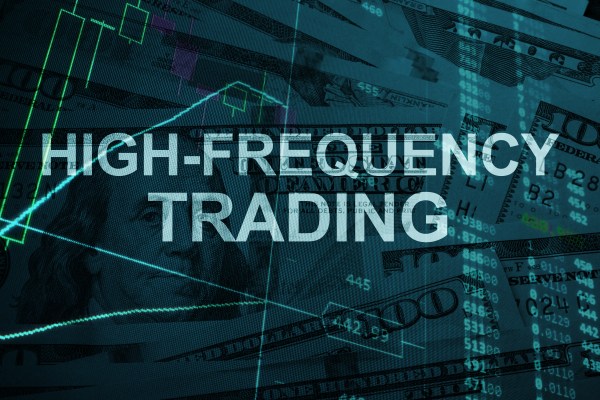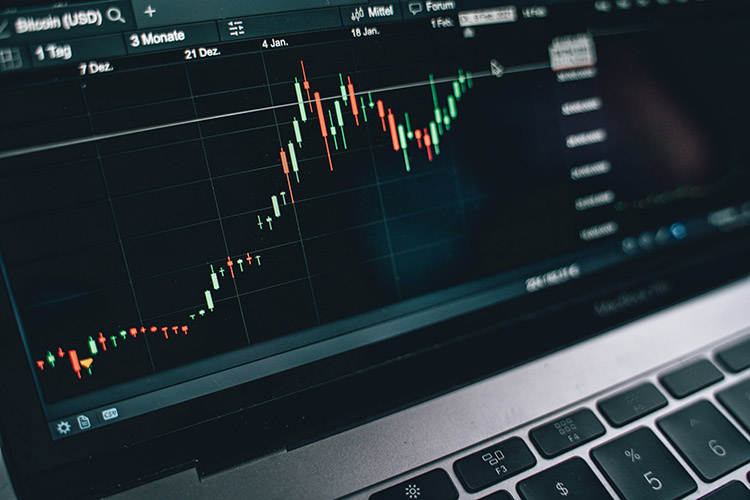If you search online you will often hear about people mentioning “institutions” and institutional traders. Once upon a time I used to work as an institutional trader for an asset manager with $1.3 billion in assets under management.
For this reason, I believe I have some insight into this area that few others have. This post breaks down what institutions are and will shed some light on the difference between individual and institutional traders.
Individual traders:
Individual traders are those that trade or invest their own money. A small percentage of individual traders (professionals) are very successful and trade with large sums of money.
On the other hand, many individual traders are considered to be “retail” traders (amateurs) which generally means they have small portfolios, limited trading knowledge, and almost no impact on the direction of markets.
Retail traders are often considered to be gamblers and only a very small percentage of retail traders manage to become successful.
The way that individual traders can succeed is to trade like a business instead of treating trading similar to a hobby or something to do for “fun”. Most new traders don’t realize this and end up losing everything well before they learn the tools, tactics, and skills that are necessary to become profitable.
Institutional Traders:
Institutions are generally small to large companies which are involved in the financial markets. Some are involved in short-term trading, but most are more often involved in long-term investing.
Most institutions are classified as long-only which means they only buy. Others utilize both long and short strategies, and trade in not only stocks but also bonds, futures, currencies, and more recently cryptos.

Types of Institutions:
There are numerous types of institutions but most can be summed up into the categories listed below:
- Fund companies (Asset Managers): A Fund company is a term that is often used to describe investment companies that are involved in investing the pooled assets of their clients in the financial markets. Fund companies invest through closed-end or open-end mutual funds, Exchange-traded funds (ETFs), or separately managed accounts. They typically use active or passive investment strategies or a mixture of both. Some examples of fund companies are: Vanguard, Fidelity, Blackrock, T. Row Price, Ark Investments, etc.)
- Family Offices: These are private wealth management companies that cater to very wealthy people. They are different from traditional wealth management firms because they provide a total solution to manage the financial affairs and the investment portfolios, of wealthy individuals or families. Some examples of fund companies are Point72, Soros, Cascade Investment, etc.
- Hedge Funds: These are a type of business structure that is formed as a limited partnership. Hedge funds are actively managed investment vehicles whereby managers utilize various strategies to attempt to provide above-average investment returns which are known as alpha. Hedge funds are considered to be risky and therefore they are not available to everyone. To invest directly in hedge funds a person needs to be an accredited investor which means having a net worth of $1 million and an annual income of $250,000. Some examples of well-known hedge funds are: Bridgewater Associates, Renaissance Technologies, Soros Fund Management, etc.)
- High-Frequency Trading companies: High-frequency trading companies (HFTs), are a type of business entity that utilize powerful computer-generated algorithms to execute millions or even billions of orders each day at lightning speed. The companies that spend the most money on their infrastructure, to transact at the fastest speeds, are the ones that win. Most HFTs employ ultra short-term strategies where they are in and out of the market in a fraction of a second to minutes at most. Some examples of high-frequency trading companies and market makers are Citadel, DRW, Virtu, KCG, etc.

How Can Individual Traders Compete with Institutions?
The truth is it’s not easy to compete with institutions but it is possible if you understand what you are up against. Institutions have hundreds of millions or even billions in assets and employ teams of sophisticated and highly trained traders, portfolio managers, and analysts.
They also have access to advanced hardware and software infrastructure which provides the ability to get market information that individual traders cannot afford.
Most individual traders trade with an outdated computer system. They use free trading software and don’t have important market information such as real-time quotes or direct access brokers. They often trade using an unstable Wi-Fi internet connection which opens them up to trade execution risks.
The good news is that both individual and institutional traders still can achieve a different edge in the financial markets, which means individual traders still can succeed if they know how to set themselves up correctly.
Advantages and Disadvantages:
To better understand the differences between individuals and institutional traders, it’s best to compare the advantages that the individuals have over the big guys.
- Smaller Amounts of Capital:
Individual traders are not constrained by the lack of liquidity since small accounts don’t have a material impact on the price. On the other hand, institutions have a limit on what they can trade with regards to liquidity because they have to ensure their trades will not impact the price too much.
2. Un-regulated or Exotic Markets:
Big fund companies are regulated by government agencies. They can only put their capital into specific markets. Individual traders can trade any markets they want. From low-priced penny stocks to highly volatile cryptocurrencies, to emerging markets in developing countries, to unregulated derivatives exchanges. Unlike institutions, individual traders can trade anything they want to.
3. Zero Pressure To Place Trades:
Institutions have a large amount of capital that they need to deploy. Clients are constantly looking to invest more assets and therefore institutions always need to put this money to work to avoid it from sitting in cash and earning nothing. For this reason, they can be forced into placing trades that are not always optimal. This is different from individuals that can wait for the perfect opportunities to show up.

Summary:
Now that you are aware of the differences between institutions and individual traders, the important thing to understand is that you don’t need to find markets where the big guys are operating, but rather attempt to find market inefficiencies that are overlooked or untapped by the institutions due to constraints and limitations mentioned above.
Remember, a large hedge fund will not trade a small-cap penny stock that has $1,000,000 of daily trading volume, but an individual trader with $20,000 can get in and out of this type of stock with ease. Making $1,000-$2000 a day with an opportunity like this is very possible for an individual trader.
What you need to be searching for are new or exotic markets, unregulated markets, and new methods of identifying and analyzing trading opportunities that aren’t being utilized or taught by the mainstream.
Remember that you don’t have to beat institutions to be successful, but instead, target opportunities that allow you to extract small to medium size amounts until you increase your capital to an amount that will let you compete with the institutions.
To learn more about how we trade: click here
